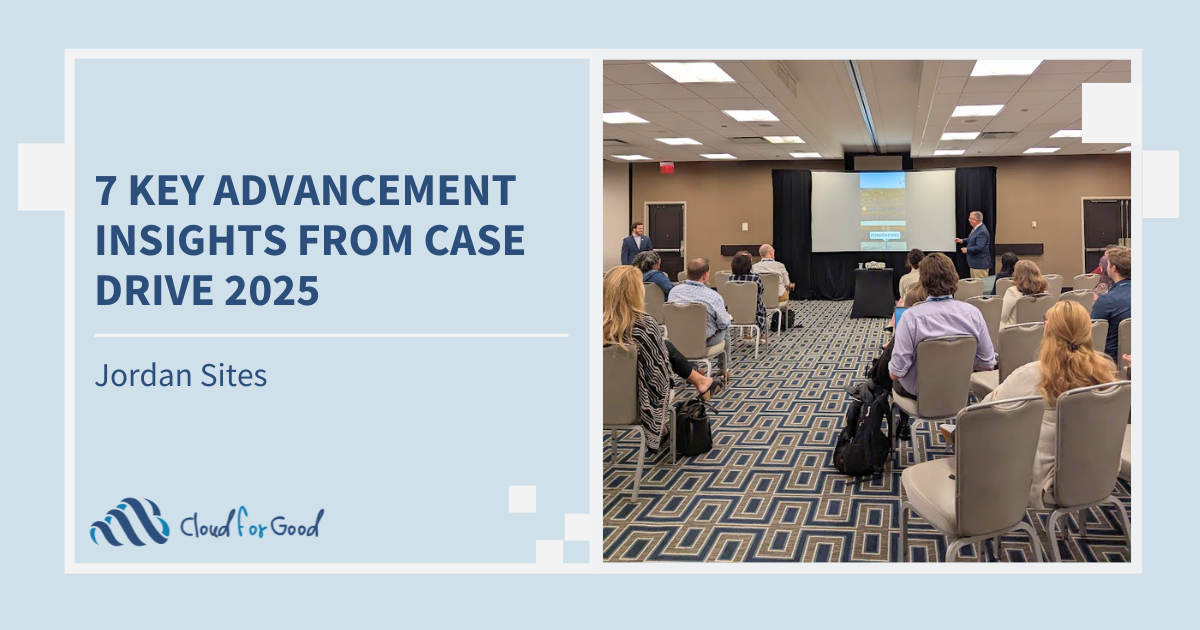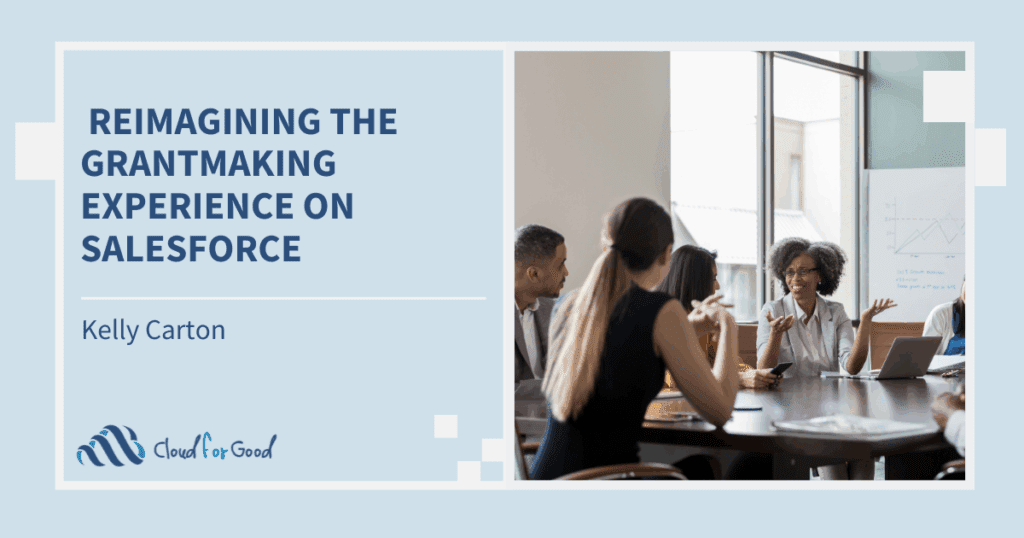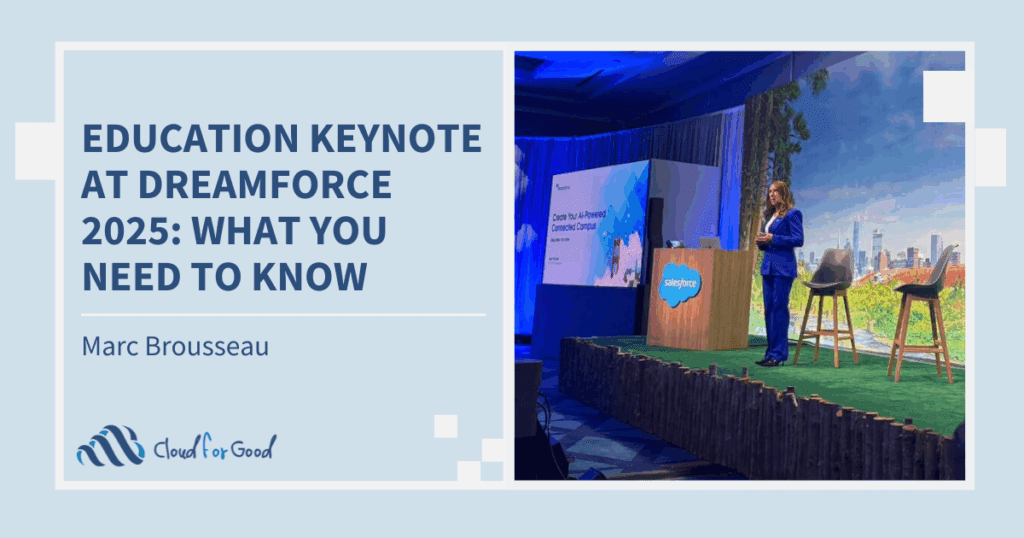“Who in here knows how healthy their pipeline is?”
This is the question that I and over 400 advancement experts were asked during the session “Reviving Generosity: Data-Driven Strategies for a Healthier Donor Pipeline” at CASE Drive 2025 in April. Now, the expectation was that every advancement leader in the room would respond with an enthusiastically raised hand… However, everyone’s attention turned towards the back of the room. Only one person in the audience had their hand raised. Then a couple more hands came up. Everybody just laughed. The reality sank in: Very few members in the audience had the tools and capabilities to have confidence in the overall health of their donor pipeline.
Conversations about pipeline health were just one of the many areas in advancement highlighted at this year’s CASE Drive event. The importance of being data-driven, AI, enhancing fundraising efforts, the need for innovative solutions, strategic planning, and more took center stage at CASE Drive, and here are seven key advancement insights and takeaways of the event.
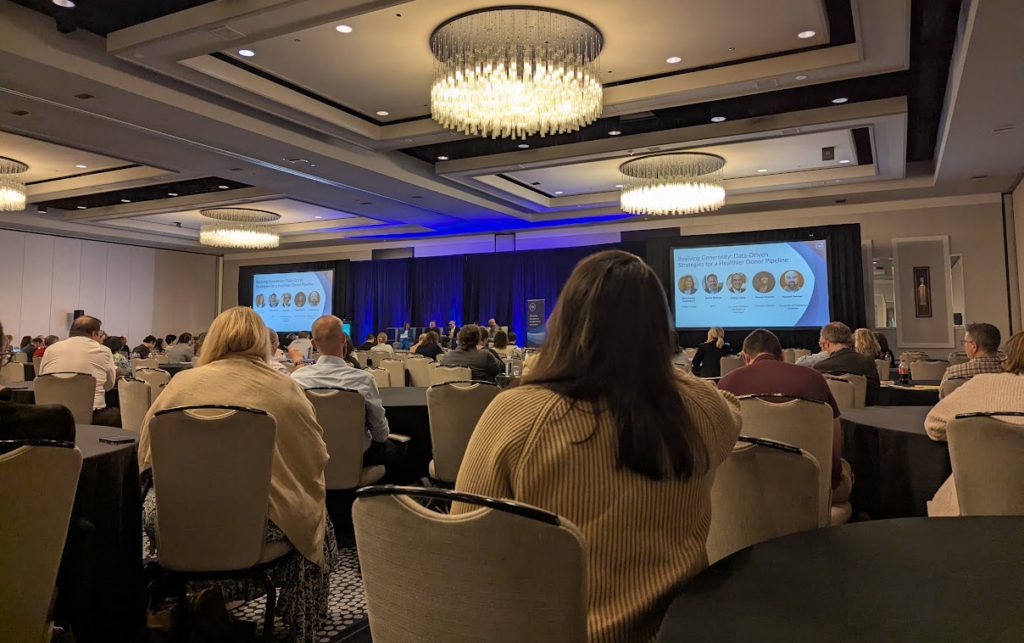
1. The Importance of Data Security and AI in Fundraising
One of the recurring themes at CASE Drive 2025 was the importance of data security and the role of AI in fundraising. With budgets getting tighter and constraints on hiring additional staff, many advancement professionals are currently exploring how AI can fill the gaps.
In a study conducted from June 2021 to May 2022 by EAB Global, a marketing research organization, they found by surveying 120 higher education advancement leaders that the average vacancy rate was 14%. When compared to the global average of about 6.9% across all industries, that is a staggering statistic. AI has the potential to revolutionize frontline fundraising by automating tasks and providing insights that were previously unattainable.
2. The Role of AI and Enterprise Solutions
The conversation around AI continued with discussions on the need for an enterprise AI solution integrated with CRM systems. Speakers shared how AI can help advancement professionals build out segments, develop new strategies, and perform frontline work more efficiently. In addition, utilizing AI and modern CRM systems can enable advancement offices to do more with less time and resources.
3. The Pressure to Raise Money: Foundations and Major Donors
The pressure to raise money is ever-present, especially for foundations that need to fill gaps left by government funding. The notion that “flat is not success” resonated with attendees, emphasizing the need for growth and innovation. Major donors are crucial, but it’s also important to invest in the bottom of the pyramid, ensuring a healthy pipeline of future major donors.
To further illustrate this point, a Salesforce-commissioned Forrester spotlight noted that 81% of 667 institutions that participated in CASE’s Voluntary Support of Education survey over multiple years reported that their year-over-year donor counts were down. Thus, between the political climate and donor stats, the focus and pressure are growing on advancement teams and foundations.
4. Data Tells the Story: Moving Beyond Traditional Models
Experts emphasized the need to move beyond outdated fundraising models in advancement and focus on what the data is truly telling us. At one session, Carnegie Mellon University showcased the impact of data-driven strategies on companies, highlighting the importance of being intentional about data strategy. Advancement professionals must make decisions based on the most relevant data elements, focusing on what truly matters and removing unnecessary clutter.
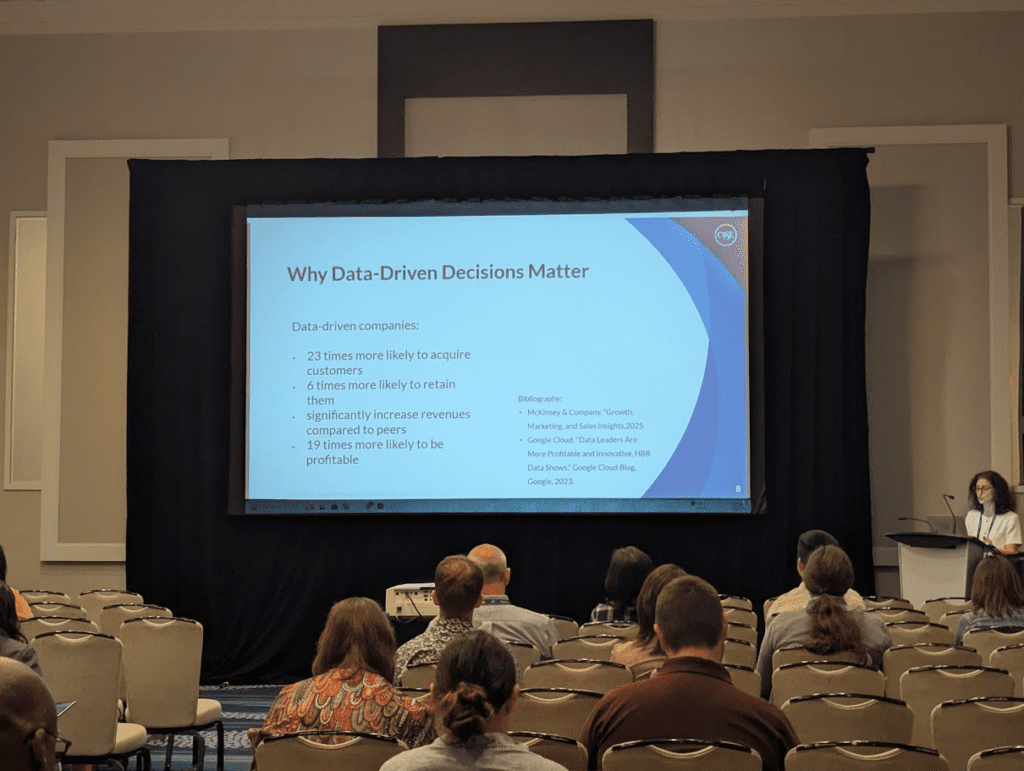
5. Enhancing the Donor Experience
Stacy Rauch, Senior Executive Director of Annual and Individual Giving from UCLA, provided valuable insights into the donor experience during her presentation, “Creating an Exceptional Donor Experience: The Power of Intentionality, Strategy, and Collaboration”. Rauch stressed that the donor experience goes beyond just sending emails. The donor experience includes how donors interact with the organization, their engagement levels, and their participation in events. Incorporating the student voice and understanding their interests can significantly enhance the fundraising experience.
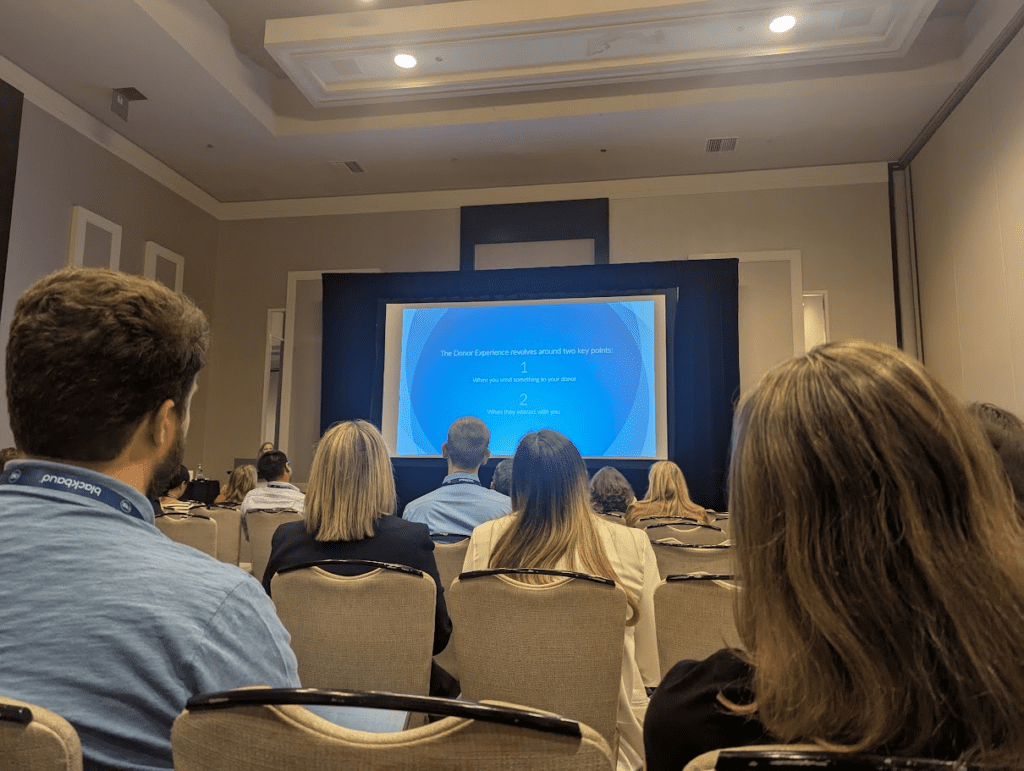
6. Engaging Alumni and Students
Multiple speakers discussed the value of incorporating the student voice into fundraising efforts. Understanding student interests and involvement can serve as a starting point for their fundraising journey. Additionally, speakers posed that engagement is more than just making a gift; engagement includes how well alumni and students connect with the college or university, attend events, and participate in various activities.
7. Micro-Engagements and Pipeline Health
Alongside engaging alumni and students, advancement leaders shared that micro-engagements, such as responding to surveys and interacting with news articles, play a significant role in fundraising. They explained that “People vote with their feet”—that is, they show up to events and participate in activities that matter to them. In addition, understanding pipeline health is critical, yet few advancement professionals have a clear picture of their pipeline’s status (I applaud the few attendees who raised their hands when asked about their knowledge of their pipeline health!). Regular experimentation and strategic planning, they shared, will be essential to discover and identify methods that will help.
Conclusion
CASE Drive 2025 highlighted the most relevant insights, themes, and areas in the field of advancement to provide advancement leaders with a roadmap for strategic planning and innovation. From the importance of leveraging data and technology to enhance advancement fundraising initiatives, being intentional about data strategy, incorporating AI, to focusing on donor engagement and micro engagements, the insights shared at CASE will help advancement professionals navigate the most pressing issues and challenges of fundraising, donor engagement, alumni relation, pipeline health, and even more in education to better support the institutions they serve.
From my perspective, CASE Drive made it more clear than ever that the statement, “What got us here, won’t get us there” is truer now than ever. All the challenges proposed can be addressed with a modern cutting-edge solution. In an era where (I bet these resonate with you)…
- Advancement teams are doing more with less staff
- Fundraisers are leaving at an alarming rate
- Advancement teams face a hostile federal fundraising environment
- You’re seeing a YOY donor count reduction
To me, it’s obvious that NOW is the time to invest in moving from the legacy platforms of yesteryear. The lack of innovation, lack of AI assistance, inability to leverage your data to its fullest, and minimal automation are holding back higher education advancement.
Want to solve that problem? Get in touch with me or contact my team at Cloud for Good to learn more about how we can help!
You Might Also Enjoy:
Blog: The Value of Mogli for Advancement SMS Communications
Blog: Highlights from the CASE Summit for Leaders in Advancement

